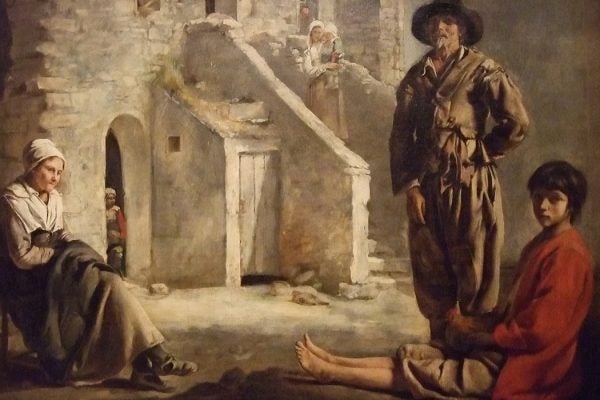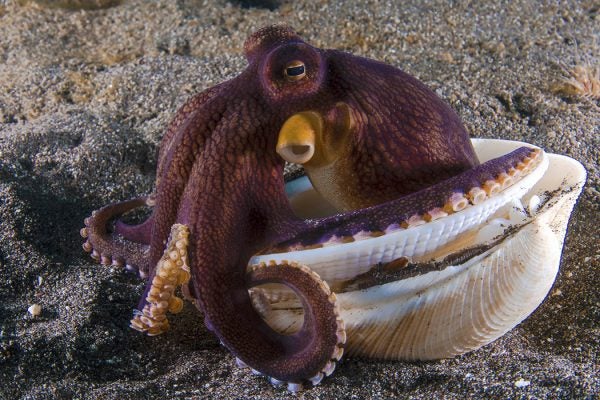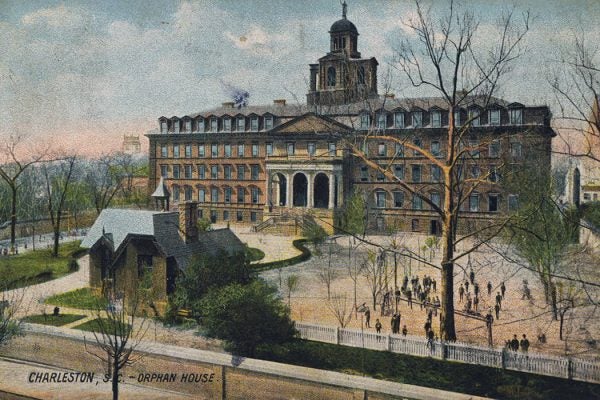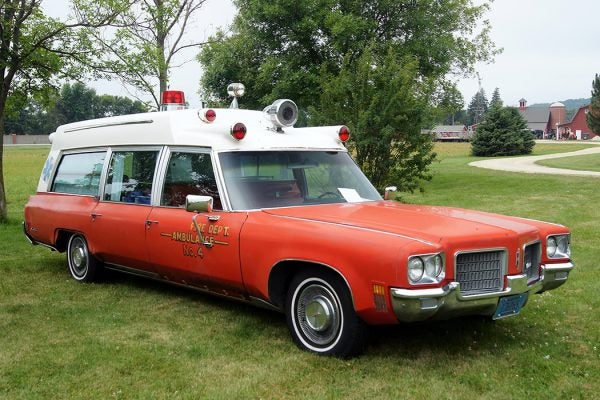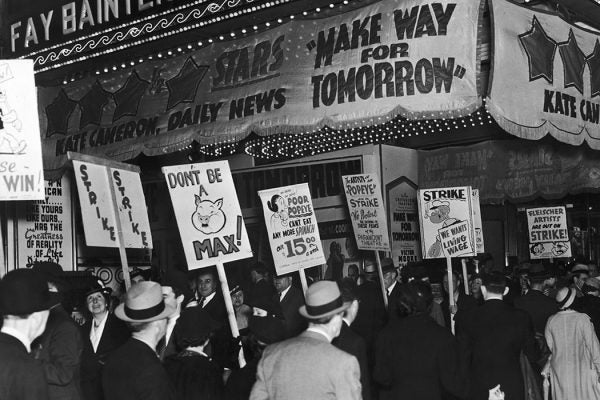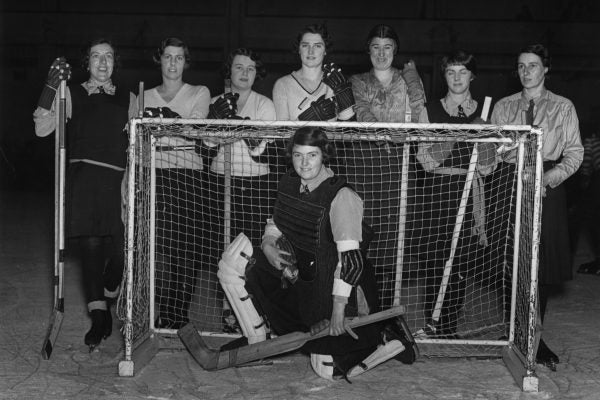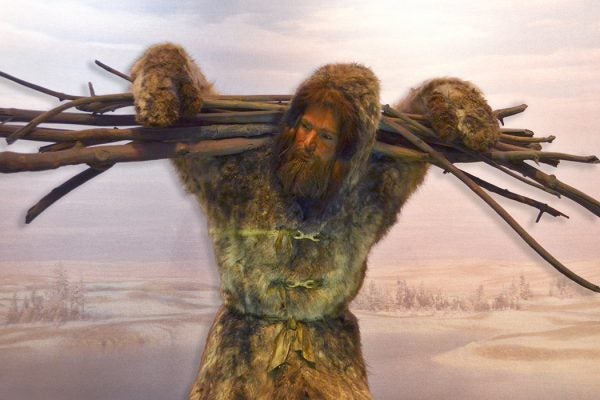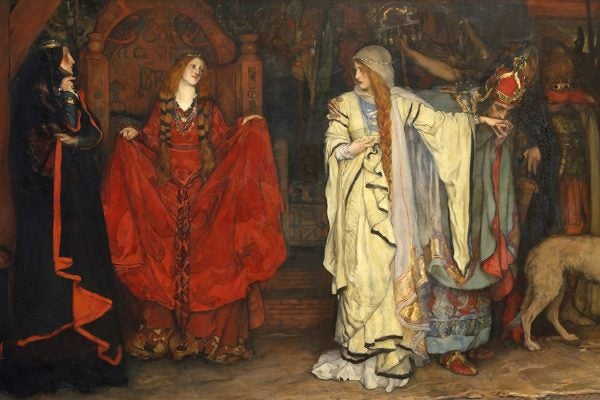The Dinosaur Bone Wars
1877 was a banner year for American dinosaurs: three major finds in the West turned the region into a "paleontologist's El Dorado."
Quiet Struggle Means Resistance without Protest
A lone resister is easy to take down, but there is safety in numbers, in conspiracies of silence, in refusals to testify against one's neighbors.
Stuck in the Midden with You
A midden is, among other things, a refuse site outside an octopus' home. (Release the Køkkenmødding!)
Poor Charleston
Letters from desperate mothers to the nation's first public orphanage.
What Does It Take to Survive Impeachment?
A look at impeachment proceedings in foreign nations sheds light on when a sitting president is likely to remain in office.
When Ambulances Were Hearses
The federal government pushed the improvement of emergency services from several directions in the 60s and 70s.
The Great Animation Strike
Animation workers took to the streets, carrying signs with bleakly humorous slogans. One read: “I make millions laugh but the real joke is our salaries.”
A Century Ago, Women Played Ice Hockey
Ice hockey came to the U.S. from Canada at the end of the nineteenth century. Women started playing immediately, forming their own clubs.
Sewing Saved Us from a “Cold Snap” 13 Thousand Years Ago
Sewing a full winter outfit from animal hides took 105 hours. And we needed lots of them to survive the Younger Dryas Cold Event.
The Rowdy Women of Early Modern Theater
There were, in fact, women in the audiences of Shakespeare’s plays. Some came to watch; others to sell their wares; others to get on stage themselves.

